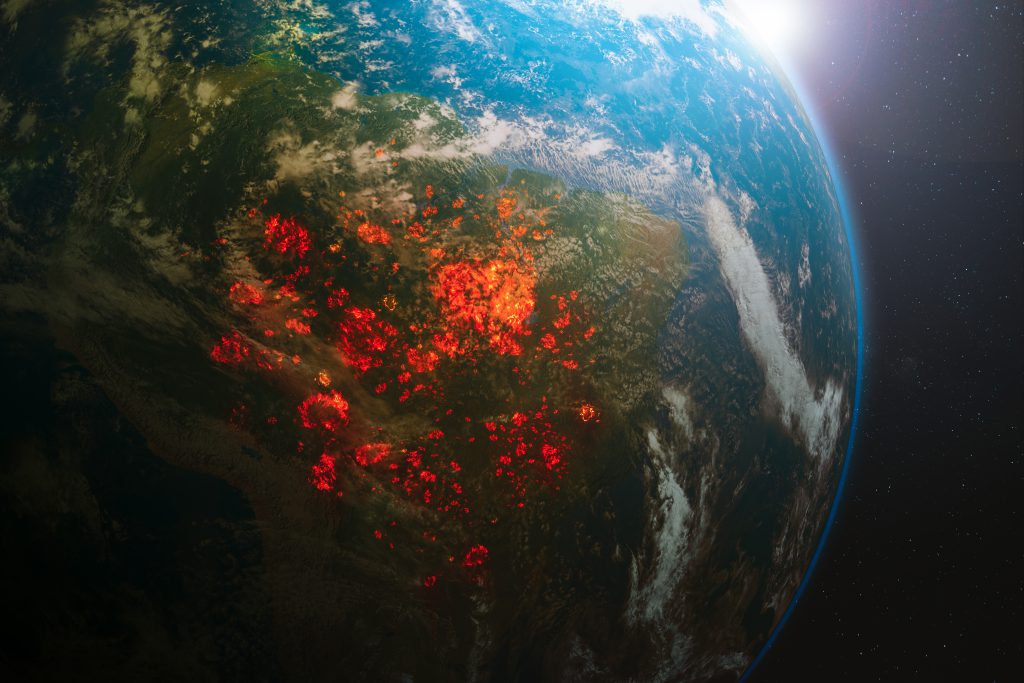The rights of the child are fundamental principles that recognize children as individuals with their own rights, distinct from adults. These rights encompass various aspects of a child’s life, including their right to survival, development, protection from abuse and exploitation, and participation in decisions affecting their lives.
The most comprehensive and widely recognized framework for children’s rights is the Convention on the Rights of the Child (CRC), adopted by the United Nations in 1989. Despite significant progress, millions of children still face violations of their rights due to factors like poverty, children involved in armed conflict, and cultural practices, emphasizing the need for continued global efforts to ensure every child is protected and valued.
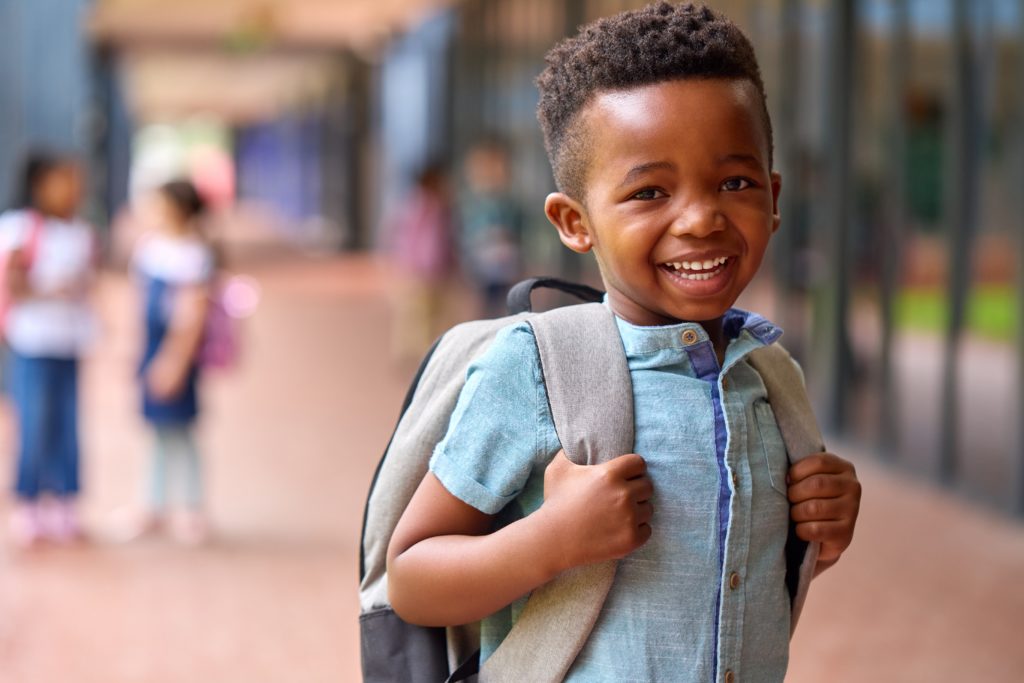
Definition of child
A child can be defined according to different perspectives. According to the dictionary, a child is a person from birth until they become an adult or a son or daughter of any age (Cambridge, n.d.). The age of majority ranges internationally from ages 15 to 21, with 18 being the most common age.
However, beyond just the age, the definition of a child also depends on societal factors that determine the transition from childhood to adulthood (Najeeb, n.d.). Rites of passage are fundamental elements in this process, offering structure during pivotal times of change and growth. They are rooted in the tradition of communities and they connect the past with the present, the young with the old, and the individual with the community, fostering a harmonious co-existence (Drew, 2023).
Rites of passage across the world
The rites of passage to adulthood are different across the world: some are steeped in religious significance, while others are community-oriented. Certain rites of passage imply painful practices, whereas some others are just occasions to celebrate with family and friends. Some traditions have changed and adapted to modern times, as they have lost some elements to leave space for others to be added.
Africa
The Maasai people in East Africa have a rite of passage for boys transitioning into manhood known as Enkipaata, which involves circumcision. Performed without anaesthetic, it tests the initiate’s courage and endurance, qualities deemed vital for a warrior (Drew, 2023).
In Ethiopia, the Hamar people conduct a complex rite of passage for boys transitioning to manhood, involving bull-jumping. The boy must successfully run across the backs of several bulls without falling (Drew, 2023).
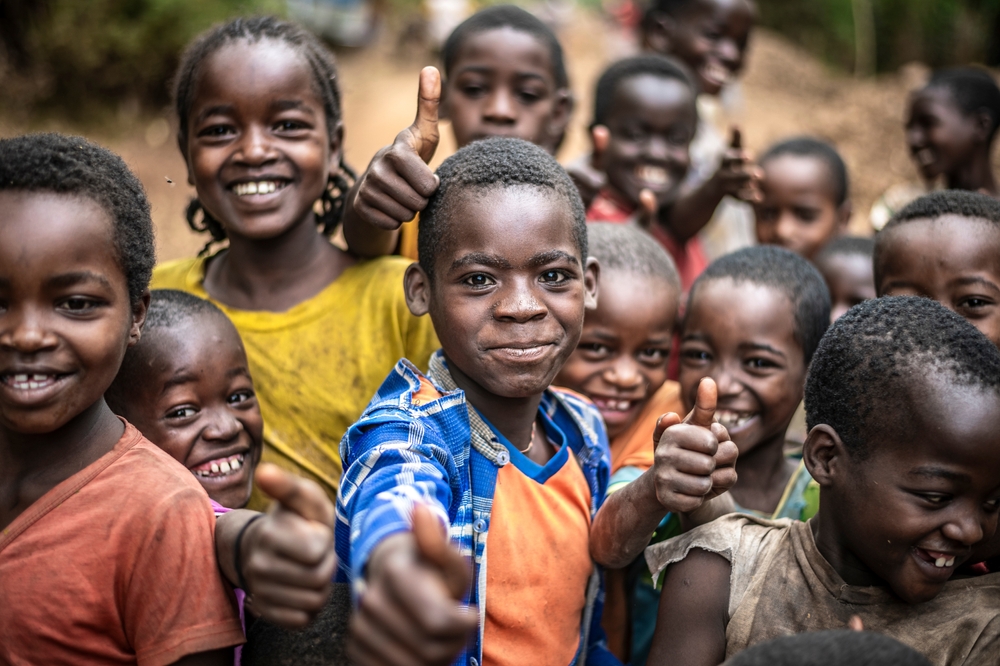
In Ghana, the Dipo is a traditional ceremony held by the Krobo ethnic group marking a girl’s transition into womanhood. The rite involves various stages like seclusion, education about womanhood, and physical adornments, culminating in a public parade where the girls showcase their elegance and readiness for marriage (Drew, 2023).
Asia
In the Jewish community, the Bar Mitzvah (for boys) and Bat Mitzvah (for girls) mark the transition from childhood to adulthood. Upon reaching 13 years old for boys and 12 for girls, they take part in a ceremony at the synagogue where they lead a religious service and read from the Torah. From that moment, they are expected to observe the commandments of the Torah (Drew, 2023).
In Japan, the “Seijin-no-Hi”, also known as Coming of Age Day, is the annual ceremony celebrating all individuals who have turned 20 in the past year, marking their entry into adulthood. It’s a national holiday where newly recognized adults attend local city halls for speeches, receive gifts, and often visit shrines (Drew, 2023).
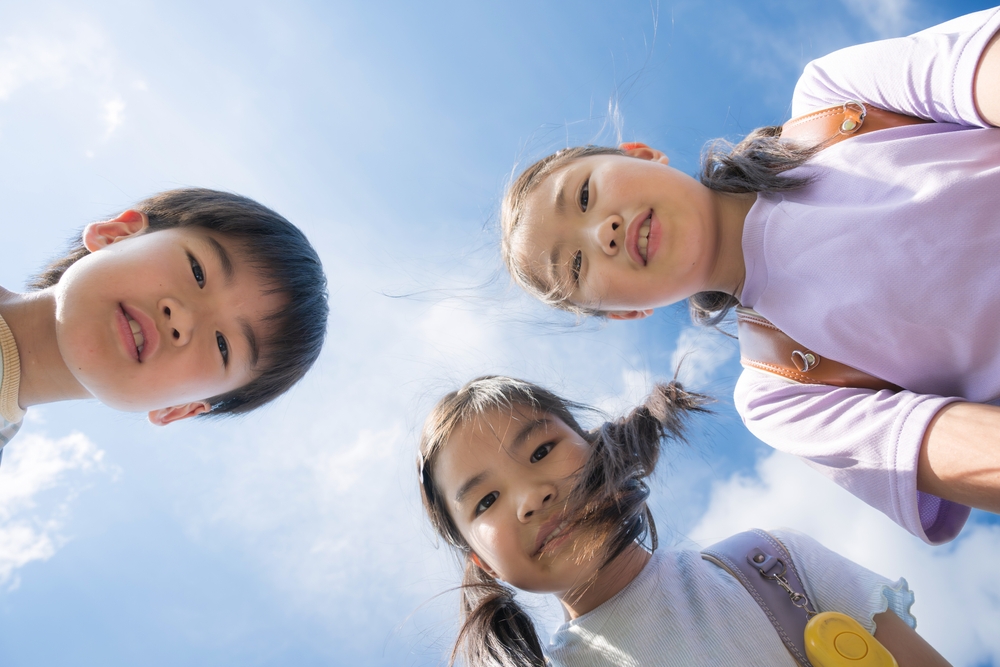
In Hindu cultures, Upanayana marks a boy’s entrance into a spiritual life. Typically performed between ages 8 and 16, the ceremony involves the boy receiving a sacred thread, representing spiritual rebirth. After Upanayana, the boy is expected to regularly recite and meditate on the Gayatri Mantra, a vital Sanskrit verse (Drew, 2023).
Australia
In the Australian Aboriginal culture, adolescent boys undergo a ritual called a Walkabout. This rite of passage requires them to live in the wilderness for up to six months, testing their survival skills and transitioning them into manhood (Drew, 2023).
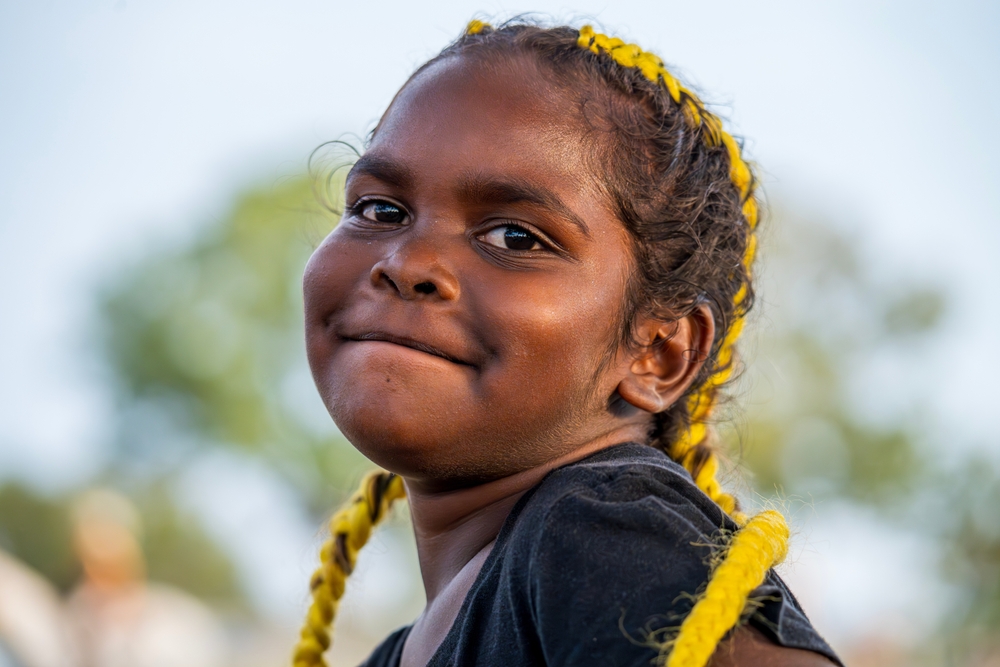
Americas
For the Apache community in North America, the Sunrise Dance is a four-day ceremony marking an Apache girl’s transition into womanhood following her first menstruation. The girl performs an elaborate dance and enacts a series of tasks reflecting the story of the Changing Woman, an important deity in Apache lore (Drew, 2023).
In Brazil, the Satere-Mawe tribe has one of the most painful rites of passage to adulthood. Boys as young as 12 must wear gloves filled with bullet ants (known for their extremely painful stings) for more than 10 minutes. This initiation tests the young boys’ endurance, bravery, and readiness for adult tasks like hunting (Drew, 2023).
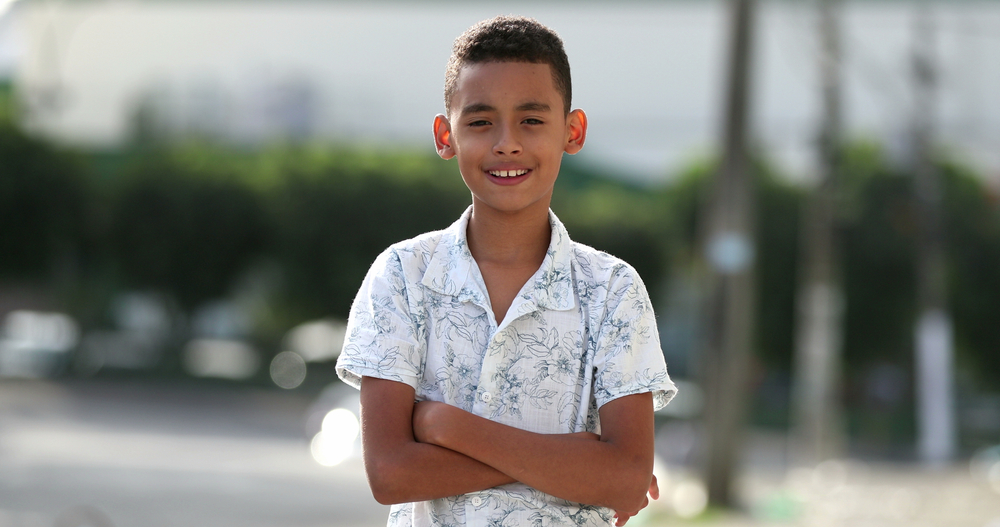
Evolution in the interest in childhood
Considering a child as an adult also depends on the historical time. Reflecting on the past, the notion of childhood has evolved significantly over time. Today, children have few responsibilities, their lives are usually characterised by play, not work, school, not paid labour, family rather than public life and consumption instead of production (Montgomery, 2022). However, this is still not the case for many children around the world who are employed in working activities, live in remote or conflict-affected areas, which do not give them the opportunity to live in an environment that promotes their rights.
The childhood interest is conventionally linked to 1960, the year of publication of the essay “Centuries of Childhood: A Social History of Family Life” by the French historian Philippe Ariès (Ariès, 1960). According to the author, childhood is not an eternal and innate concept, but rather the result of a long process of social and institutional evolution.
In fact, until the 18th century, the concept of childhood was absent. The child played an insignificant role in the social scale, as he was considered only as a potential future labour force. The high infant mortality rate produced, as a consequence, the adoption of a fatalistic approach. According to Philippe Ariès, “people could not allow themselves to become too attached to something that was regarded as a probable loss” (Ariès, 1960).
In this context, child maltreatment and violence against children were widespread phenomena, happening in everyday life. Children were often abandoned, sexually abused, beaten and sometimes even killed (Weisberg, 1978).
From the 18th century, the child started to be considered as a subject dependent on an adult, in need of protection and care. This shift in perspective was the result of 3 main factors: the progressive influence of Christianity, the introduction of systems of compulsory education rather than apprenticeships and more privacy in family relations (Ariès, 1960).
At the beginning of the 19th century, parental relations were completely transformed: parents were more attentive to the physical and spiritual development of their children (Weisberg, 1978). Moreover, the socio-economic conditions caused by the First World War produced devastating consequences for children in conflict-affected countries and this forced the adoption of a new attitude towards children (Weisberg, 1978). The 19th century saw the recognition of children as subjects deserving of protection and attention by adults.
This sociological evolution, which redefined the concept of childhood, was embedded in the Convention on the Rights of the Child (CRC). In the CRC, for the first time, children are identified as rights-holders, rather than passive recipients.
Convention on the Rights of the Child (CRC)

The Convention on the Rights of the Child (CRC) is the first instrument of international human rights law containing a definition of a child (Tobin, Archard, 2019). Article 1 of the CRC states that “for the purposes of the present Convention, a child means every human being below the age of eighteen years unless under the law applicable to the child, the majority is attained earlier” (CRC, 1989). The definition of the CRC adopts a presumptive approach based on the child’s age.
A person under the age of eighteen is considered to be a beneficiary of the rights recognised under the Convention unless the domestic law applicable to him/her recognises him/her as an adult at a different age (Tobin, Archard, 2019). Unlike the CRC, the African Charter on the Rights and Welfare of the Child (ACRWC) provides a broader definition of a child.
Article 2 states that “for the purposes of this Charter, a child means every human being below the age of 18 years” (ACRWC, 1990). The definition adopted by the ACRWC does not allow national laws to derogate the age limit set in the Charter and to set the age of majority as lower than 18. The wording of Article 2 was chosen to protect children better (Olowu, 2002).
The beginning of childhood
Article 1 of the CRC provides a clear reference to the end of childhood, but deliberately omits a specific starting point. This wording was the result of extensive debate, which was one of the most controversial aspects of the drafting of the CRC. As regards the minimum age, two approaches were developed: one supported the conception as the initial moment of a child’s life, whereas the other identified the birth of the child as the starting point (Detrick, 1992).
According to the travaux préparatoires, the initial proposal for the wording of Article 1 contained the indication of birth as the initial moment of childhood. However, it was widely criticised in favour of a broader definition that also included the period before, i.e., from conception (Detrick, 1992).
The main obstacle to the definition of an initial term concerned the fact that not all Member States recognised the possibility of voluntary termination of pregnancy. The solution to this controversial issue was proposed by the Representative of Morocco, who suggested deleting the words “from the moment of her birth” from Article 1 (UN, 1980).
The end of childhood
Article 1 of the CRC sets the age limit for childhood at 18 years. It represents the best compromise between the different Member States’ legislations on the age of majority and the willingness to apply the CRC to the biggest age group possible to maximise the protection of the Convention (Alston, 1992).
Some delegations criticised the limit of 18 years old, as their national legislation set the age of the majority at a lower age. To overcome this objection, two proposals were made: the adoption of 15 as the age limit as it had been accepted by the United Nations General Assembly on the occasion of the International Year of the Child (IYC), or to set 14 as the age limit in accordance with the end of compulsory schooling and the legal age for marriage in many Member States. Even if both solutions were accompanied by solid justifications, 18 was the only one that was considered appropriate to ensure the greatest possible protection for the child and which received unanimous approval (Alston, 1992).
However, the age limit of eighteen years remains a mere presumption, as Member States are allowed to derogate from this limit in favour of a lower age provided that such a derogation is justified. The tasks entrusted to the Committee on the Rights of the Child (CRC) also include examining the reasons offered by the Member State in support of setting a lower age limit than eighteen years as the limit for majority age, as well as the possibility of submitting observations and recommendations regarding the need to review national legislation to ensure maximum protection for minors (Tobin, Archard, 2019).
Importance of defining age
Defining the age of a child is fundamental to providing him/her with the appropriate protection linked to his/her age. As mentioned before, the CRC provides specific rights to all people under the age of 18, so it is important to determine the age of the subject to guarantee him/her the rights enshrined by the CRC. Moreover, there are specific domains in which defining the age of the child is crucial to guarantee reinforced rights, which are linked to an additional level of protection.
Children’s rights and migration
An effective, reliable, and human rights-based mechanism for estimating a person’s age is a critical step in ensuring that children can benefit from the specific measures designed to protect their rights. When children are incorrectly identified as adults, they become trapped in a status that significantly increases their vulnerability, limiting their access to welfare services and support, education, funding for legal representation, and family reunification.
Age determination also has an effect on how their asylum claim will be processed and on the asylum decision itself: it may be the difference between being offered safety or being returned to their country of origin (CoE, 2019).
Children’s rights and juvenile justice
A child under the age of criminal responsibility is considered incapable of committing a crime. This means they are immune from criminal prosecution – they cannot be formally charged by authorities with an offence, nor be subjected to any criminal law procedures or measures. The significance of the minimum age of criminal responsibility is that it recognises that a child has attained the emotional, mental, and intellectual maturity to be held responsible for their actions.
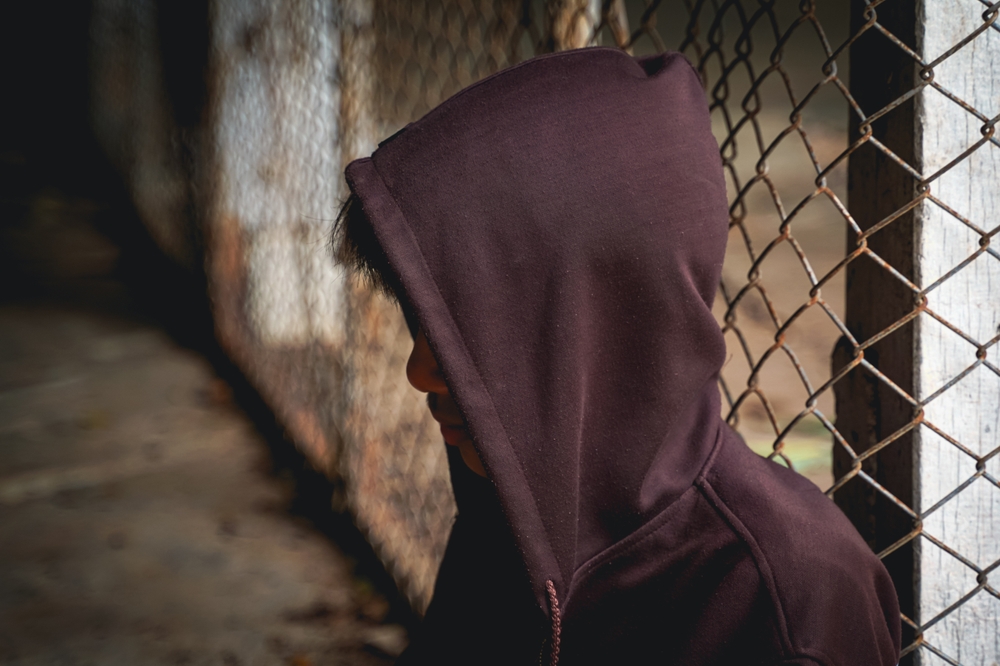
The minimum age of criminal responsibility set by different countries ranges widely from as low as six up to 18 years of age (Penal Reform International, 2013). The median age of criminal responsibility worldwide is 12 (UNICEF, 2022). Having the requisite capacity to be held responsible for offending behaviour does not mean that children over the age of criminal responsibility should be subject to adult-oriented, formal criminal prosecution (Penal Reform International, 2013).
The core issue related to children in conflict with the law is the fact that, due to their age and immaturity, they warrant separate and distinct treatment from adults in criminal processes. This is due to their vulnerability and limited capacity, as they are still in a formative stage of development.
The juvenile system should be responsive to the child’s care and developmental needs to ensure that children are reintegrated back into their communities as law-abiding citizens, giving priority to any action respecting the child’s best interests. Therefore, juvenile justice systems should focus not only on the nature of the offence committed but also on the root causes, the individual circumstances of the child involved, and the needs of child victims and witnesses (Save the Children, 2016).
Definition of the rights of the child
The CRC stands as a landmark in the history of children’s rights because it was the first legally binding international instrument adopted specifically to protect the rights of children. For a long time, children have been discriminated against by adults because of their particular vulnerability (McGillivray, 1994).
The CRC marked a transformative shift in the way children are perceived, as it considers children as individuals with rights and responsibilities that reflect their evolving capacities (CoE, n.d.). For the first time, children were recognized as active rights holders, deserving of the same dignity as adults (McGillivray, 1994).
While the CRC does not offer children more rights than other human beings, it does recognise that additional guarantees may be necessary to ensure that children can fully access the human rights that everyone possesses (CoE, n.d.). The CRC provides a comprehensive and exhaustive definition of children’s rights, covering civil, political, economic, social and cultural rights (Tun et al., 2007).
The CRC is the most widely ratified human rights instrument in the world. To date, 196 Member States have ratified the Convention (OHCHR, 2024). The only exception that has not ratified the CRC is the United States, although it is worth mentioning that it was an active participant in the drafting of the Convention, and it continues to be the major financial contributor to UNICEF’s global work on behalf of children (Reed, 2022).
Children’s rights as human rights
The CRC consolidated the legal framework applicable to children and extended the protections guaranteed to them. Children were already protected under the umbrella of human rights, but it was necessary to develop specific legal instruments that specifically provided protections and rights to children as subjects of rights. The human rights approach adopted by the CRC imposes that all the provisions enshrined in the Convention must be interpreted in the light of the human rights framework (Belser et al., 2009).
“[Universal rights treaties] were intended to address the rights of ‘everyone,’ [but] the reality was that they were … not always interpreted to include persons with disabilities, and in some instances, women were not included, and even less so, children”
– Benyam Dawit Mezmur (Reed, 2022).
For instance, the Convention has strongly influenced the jurisprudence of the international human rights courts, including the European Court of Human Rights and the Inter-American Commission on Human Rights (IACHR). Commission on Human Rights (IACHR), as well as the judgments of the Court of Justice of the European Union (Kilkelly, 1999).
The adoption of the CRC represented a milestone in the realisation of children’s rights, even if the provisions are general as they apply to all the children of the Member States that ratified the Convention. It was necessary to adopt additional instruments of international law, capable of implementing the CRC in specific contexts (Sloth-Nielsen, 2007).
The main regional instruments of implementation of the CRC are linked to the Asian and African contexts. In the Asian context, the Association of Southeast Asian Nations (ASEAN) Declaration on the Rights of Children in the Context of Migration was adopted in 2001, and the South Asian Association for Regional Cooperation (SAARC) Convention on Regional Arrangements for the Promotion of Child Welfare in South Asia was adopted in 2002. In the African context, the initiative was taken by the Heads of State and Government of the Organisation of African Unity (OAU), which on 11 July 1999 adopted the African Charter on the Rights and Welfare of the Child (ACRWC).
The role of the Committee on the Rights of the Child
Finally, it is important to recall the crucial role of the Committee on the Rights of the Child in monitoring the implementation of the CRC (Doek, 2019). All States Parties are obliged to submit regular reports to the Committee on the implementation of the Convention.
States must submit an initial report two years after acceding to the Convention and then periodic reports every five years. The Committee examines each report and addresses its concerns and recommendations to the State party in the form of “concluding observations” (OHCHR, Committee, n.d.).
The Committee is also able to consider individual complaints alleging violations of the CRC and its first two optional protocols by States parties to the third Protocol (Optional Protocol to the Convention on the Rights of the Child on a Communications Procedure) which also sets the procedure, as well as to carry out inquiries into allegations of grave or systematic violations of rights under the Convention and its two optional protocols (OHCHR, Committee, n.d.). Finally, the Committee publishes its interpretation of the content of CRC provisions, known as General Comments on thematic issues (Doek, 2019).
Children’s rights infringements around the world
Despite all the legal instruments adopted and ratified, children’s rights are still infringed upon around the world. From Afghanistan to Yemen, and Syria to northern Ethiopia, thousands of children paid a devastating price as armed conflict, inter-communal violence, and insecurity continued.
In such vulnerable contexts, a child’s right to health and survival, protection, and education is severely put in danger. Children are also deprived of their rights when their birth is not recorded, so they don’t have a birth certificate, or when they are forced to flee conflict (World Vision, n.d.).
The International Labor Organization (ILO) estimates that 152 million children are working as child laborers around the world. These children are denied the opportunity to go to school, play with friends, or receive the right nutrition and care for a healthy and fulfilled life; instead, they are forced to work long hours for little reward (World Vision, n.d.).
Poverty is the main driver for child labor and other harmful practices such as child exploitation, slavery and drug trafficking. Some violations of children’s rights mostly affect girls rather than boys, as in the case of child prostitution and child marriage. These harmful practices produce long-term consequences on the life of the child.
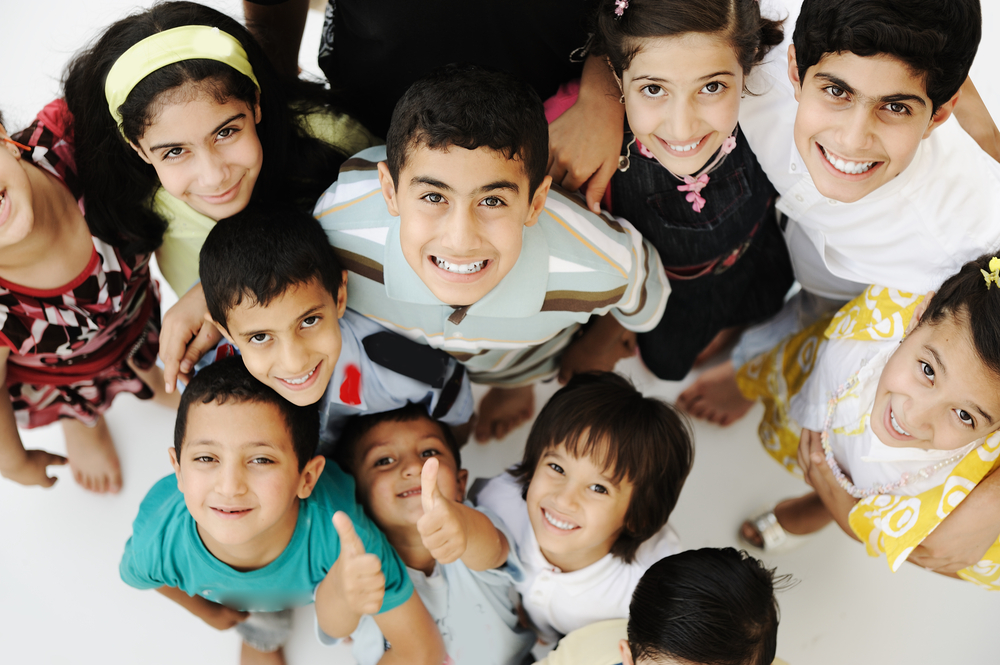
Children still face many challenges in seeing their rights respected and protected at all levels. The mechanisms put in place by the CRC and the regional instruments for the protection of the rights of the child are insufficient without global efforts at all levels of society to combat these violations. Citizens, professionals, policymakers, and young people can play a crucial role in this common goal at all levels.
Written by Arianna Braga
Internally proofread by Aditi Partha
Last updated on 8 August 2024
References:
ACRWC (1990). African Charter on the Rights and Welfare of the Child. Retrieved from African Union at https://au.int/sites/default/files/treaties/36804-treaty-african_charter_on_rights_welfare_of_the_child.pdf, accessed on 6 August 2024.
Alston, P. (1992). The Legal Framework of the Convention on the Rights of the Child, in 91/2 United Nations Bulletin of Human Rights: The Rights of the Child.
Ariès, P. (1960). Centuries of Childhood: A Social History of Family Life / L’enfant et la vie familiale sous l’ancien régime, Parigi, Librarie Plon, 1960.
Belser, E. M., Hanson, K., Hirt, A. (2009). Sourcebook on International Children’s Rights, Berna, Stämpfli Publishers Ltd.
Cambridge (n.d.). Child, retrieved from the Cambridge Dictionary at https://dictionary.cambridge.org/dictionary/english/child, accessed on 3 August 2024.
CoE (2019). Age Assessment for Children in Migration – A Human Rights-Based Approach. Retrieved from the Council of Europe at https://rm.coe.int/ageassessmentchildrenmigration/168099529f, accessed on 6 August 2024.
CoE (n.d.). Children. Retrieved from Council of Europe at https://www.coe.int/en/web/compass/children, accessed on 7 August 2024.
CRC (1989). Convention on the Rights of the Child. Retrieved from OHCHR at https://www.ohchr.org/en/instruments-mechanisms/instruments/convention-rights-child, accessed on 6 August 2024.
Detrick, S. (1992). The United Nations Convention on the Rights of the Child – A Guide to the “Travaux Préparatoires”, Dordrecht, Nijoff.
Doek, J. E. (2018). The Human Rights of Children: An Introduction. In: Kilkelly, U., Liefaard, T. (eds) International Human Rights of Children. International Human Rights. Springer, Singapore. Retrieved from Springer at https://doi.org/10.1007/978-981-10-3182-3_1-1, accessed on 7 August 2024.
Drew, C. (2023). 25 Rite of Passage Examples. Retrieved from HelpfulProfessor.com at https://helpfulprofessor.com/rite-of-passage-examples/, accessed on 5 August 2024.
Kilkelly, U. (1999). The Child and the European Convention on Human Rights, Ashgate/Dartmouth.
Mcgillivray, A. (1994). Why children do have equal rights: in reply to Laura Purdy. The International Journal of Children’s Rights, 2(3), 243-258. Retrieved from Brill at https://doi.org/10.1163/157181894X00169, accessed 7 August 2024.
Montgomery H. (2022). Different cultures, different childhoods. Retrieved from OpenLearn at https://www.open.edu/openlearn/history-the-arts/history/different-cultures-different-childhoods, accessed on 5 August 2024.
Najeeb, R. (n.d.). A universal definition of what it means to be a “child”. Retrieved from UNICEF at https://www.unicef.org/sudan/stories/universal-definition-what-it-means-be-child, accessed on 3 August 2024.
OHCHR (2024). Status of Ratification Interactive Dashboard. Retrieved from OHCHR at https://indicators.ohchr.org/, accessed on 7 August 2024.
OHCHR, Committee (n.d.). Introduction to the Committee. Retrieved from OHCHR at https://www.ohchr.org/en/treaty-bodies/crc/introduction-committee, accessed on 7 August 2024.
Olowu, D. (2002). Protecting children’s rights in Africa: A critique of the African Charter on the Rights and Welfare of the Child. The International Journal of Children’s Rights, 10(2), 127-136. Retrieved from Brill at https://doi.org/10.1163/157181802401005403, accessed on 7 August 2024.
Penal Reform International (2013). The minimum age of criminal responsibility. Retrieved from Penal Reform International at https://cdn.penalreform.org/wp-content/uploads/2013/05/justice-for-children-briefing-4-v6-web_0.pdf, accessed on 6 August 2024.
Reed, R. (2022). Children’s rights are human rights. Retrieved from Harvard Law Today at https://hls.harvard.edu/today/childrens-rights-are-human-rights/, accessed on 7 August 2024.
Save the Children (2016). Child rights and Juvenile Justice – Best practices and lesson learned from Save the Children Italy national and international programs. Retrieved from Save the Children at https://s3-www.savethechildren.it/public/files/uploads/pubblicazioni/child-rights-and-juvenile-justice.pdf, accessed on 6 August 2024.
Sloth-Nielsen, J. (2007). Strengthening the Promotion, Protection and Fulfilment of Children’s Rights in the African Context, in A. Alen et al. (2007). The UN Children’s Rights Convention: theory meets practice: International Interdisciplinary Conference on Children’s Rights, Antwerpen, Intersentia.
Tobin, J., Archard, D. (2019). Article 1 – The Definition of a Child, in The UN Convention on the Rights of the Child: A Commentary, Oxford University Press.
Tun, A. A., Cave, G., Trotter, D., Bell, B. (2007). The domestic fulfilment of children’s rights: Save The Children’s experience in the use of right-based approach, in A. Alen et al. (a cura di), The UN Children’s Rights Convention: theory meets practice: International Interdisciplinary Conference on Children’s Rights, Antwerpen, Intersentia.
UN (1980). Question of a Convention on the Rights of the Child. Report of the Working Group. Retrieved from the University of Virginia, School of Law at https://hr-travaux.law.virginia.edu/document/crc/ecn4l1542/nid-175, accessed on 8 August 2024.
UNICEF (2022). Systematic Responses to Children under the Minimum Age of Criminal Responsibility who have been (Allegedly) Involved in Offending Behaviour in Europe and Central Asia. Retrieved from UNICEF at https://uni.cf/3SI2R1J, accessed on 6 August 2024.
Weisberg, D. K. (1978). Evolution of the Concept of the Rights of the Child in the Western World, in 21 I.C.J. Rev. 43.
World Vision (n.d.). Child rights: Facts and FAQs. Retrieved from World Vision at https://www.worldvision.org/child-protection-news-stories/child-rights-facts, accessed on 30 August 2024.

